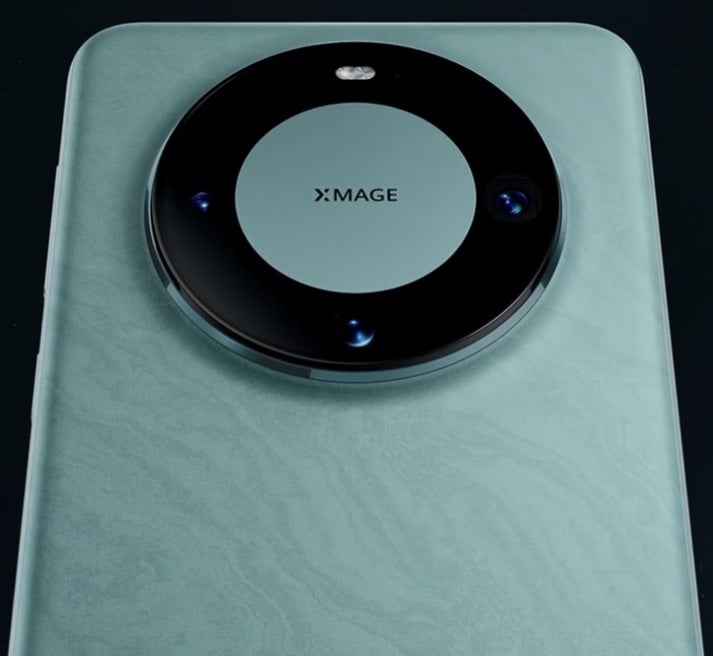The electrifying release of the 5G Mate 60 series leaves a major impact on Huawei’s bottom line
On the last day of August, Huawei shocked the smartphone industry by announcing its new Mate 60 flagship line. The company, despite facing U.S. sanctions that prevent it from obtaining cutting-edge chips, equipped the Mate 60, Mate 60 Pro, Mate 60 Pro+, and the Mare 60 RS with a 7nm homegrown Kirin 9000s application processor (AP) that supports 5G. The Mate 60 series featured the first 5G phones from Huawei since 2020’s Mate 40 series which was powered by the Kirin 9000 chipset.
The introduction of the Mate 60 series with its 5G chipset shocked the smartphone world
The chip was reportedly made by China’s largest foundry, SMIC, which is limited to previous-generation lithography equipment. Still, with tools obtained from other companies, SMIC used its Deep Ultraviolet Lithography machine and was able to give Huawei the 5G chips its previous flagship phones were unable to use. The Mate 50 series from 2022 and the P60 line from earlier this year were powered by the Snapdragon 8+ Gen 1 SoC. Huawei received a license allowing it to buy the older but still powerful chip because it was tweaked so as not to support 5G signals.

The Huawei Mate 60 Pro
But thanks to the Mate 60 line and the Kirin 9000s AP, Huawei sent a jolt of electricity through the Chinese smartphone market which is the top smartphone market in the world ahead of India and the U.S. This has led Huawei to report that third-quarter profits soared 118% in the period to 26.4 billion yuan ($3.6 billion) despite only a small hike in sales to 145.7 billion yuan. Being able to use your own chips will greatly improve your profit margin.
For those new to the smartphone world or the Huawei story, the Chinese manufacturer in 2016 said that in five years it would surpass Samsung and Apple to be the King of the smartphone world. And it came very close as it took the spot from Samsung during April 2020. But the U.S. had already placed Huawei on the Entity List in 2019 which prevented the company from accessing its U.S. supply chain, including Google.
The following year, the U.S. revised its export rules to prevent foundries using American tech to make chips from shipping any cutting-edge silicon to Huawei. The U.S. was doing this all in the name of national security since Huawei was branded a national security threat in the U.S. along with fellow Chinese phone and network equipment manufacturer ZTE. Both firms were believed to have ties to the Chinese Communist Party (CCP). Despite developing its own operating system and ecosystem, once the U.S. sanctions took hold, Huawei quickly lost support from its once loyal customers.
Huawei’s phones have Chinese consumers buzzing but the company still struggles to regain its status in China
Huawei had once dominated phone sales in China. During the third quarter of 2019, before the effects of the U.S. sanctions were felt, the company had a 42.4% share of the smartphone market in China and reported an incredible 66% year-over-year gain in domestic shipments for the three months.
And while the Mate 50 series last year had consumer in China waiting in line, the company sold off its Honor sub-unit for an estimated $15 billion in 2020 to help Honor break away from the U.S. sanctions. While the sale raised much-needed funds for Huawei, it also created a new competitor in China. Last quarter, Honor had the largest slice of the Chinese smartphone market with an 18% share. Oppo and Apple were next with both achieving a market share of 16%.
In a statement, Huawei said, “We continue to optimize our management systems, improve the efficiency and quality of our operations, and refine our sales strategy and product mix. These actions have had a very positive impact on our profit margin.”
Huawei continues to innovate despite the U.S. bans. The Mate 50 Pro beat out the iPhone 14 series by one day last year to become the first smartphone to offer emergency satellite communications. This year, the Mate 60 Pro offers users the ability to make satellite calls.